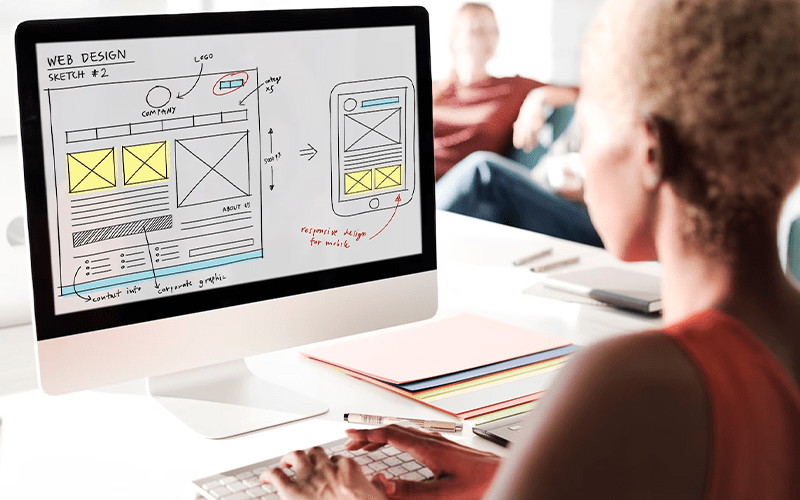Software development is a complex process that involves many different stages, from planning and design to implementation and testing. At the heart of this process is the user, who is ultimately the one who will be interacting with the software. That’s why user-centered design is so important in software development.
User-centered design is a design philosophy that prioritizes the needs and preferences of the end user in the development process. It involves a deep understanding of the user’s goals, preferences, and behaviors, as well as their pain points and frustrations. By taking a user-centered approach to design, developers can create software that is intuitive, efficient, and enjoyable to use.
- It can help improve the software’s user experience (UX). UX is all about how the user interacts with the software, and how the software meets their needs and expectations. When developers take a user-centered approach to design, they can create software tailored to the user’s needs, making it more intuitive and user-friendly.
- Reduce development time and costs. By understanding the needs and preferences of the user early on in the development process, developers can create software that is more likely to be accepted by the user. This can help to reduce the amount of time and resources spent on redesigning and fixing issues later in the development process.
- Improve customer satisfaction and loyalty. When users have a positive experience with the software, they are more likely to continue using it and recommend it to others. This can help to build brand loyalty and increase customer retention rates.
- Identify new opportunities for innovation and growth. By understanding the needs and preferences of the user, developers can identify areas where the software can be improved or expanded. This can help to drive innovation and growth and to create new revenue streams for the company.
User-centered design is a critical component of software development. By taking a user-centered approach to design, developers can create software that is tailored to the needs and preferences of the end user. This can help to improve the user experience, reduce development time and costs, increase customer satisfaction and loyalty, and identify new opportunities for innovation and growth. Regarding software development, the user should always be at the center of the design process.





